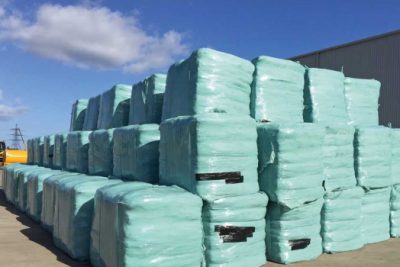Waste Fuels
Waste Fuels: Trends In The Age Of Coronavirus

This is a time of flux and shift, with long-established foundations undermined across societies around the world. Politicians, businesses and families alike are needing to adapt rapidly and we are disoriented, wondering which is the right path ahead. Little wonder, then, that the RDF export figures are somewhat erratic; even so, it is not simply a case of all numbers being pulled downwards in unison; there are other factors at play.
Overall, there has been an irrefutable impact on RDF export tonnages; looking at the total January to July tonnages for 2017 through to 2020 in Chart 1, even if we were to assume the continuation of the downward trend shown in recent years, we can see that there is a gap of over 500,000 tonnes between where the figures are and where they might otherwise have been.
In this period of upheaval, what shifts are taking place under the surface? This is perhaps most easily seen by reviewing market shares rather than actual tonnages. Volumes are down universally, but are there companies, countries etc which are faring better than others? Is there evidence that SRF is withstanding the storm better than RDF? Are small players proving more resilient than the big companies?
Firstly, let us consider ‘Notifier Type’. Notifiers can be categorised as either ‘Producers’ (those companies that collect and process waste, such as Biffa and Suez or other independent facilities) or ‘Aggregators & Brokers’ (for example, Geminor, Andusia, N&P, Totus etc). The market share analysis in Chart 2 indicates that ‘Aggregators and Brokers’ are increasing their slice of the cake, though it should be remembered that this does not mean that their overall tonnages have risen.



